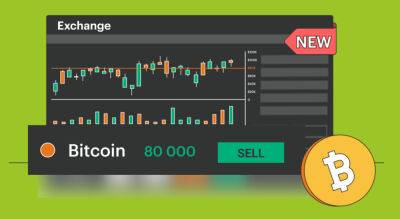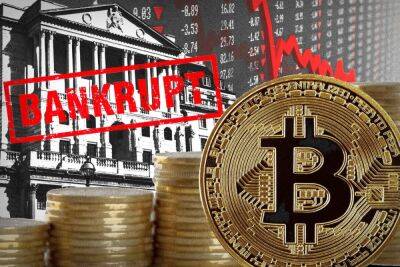Bringing crypto transactions under the lens of the PMLA: What does this mean for the market?
There are two reasons for this. First, private crypto assets or currencies are not issued and governed by financial institutions but are typically issued via a decentralized blockchain, which makes them extremely difficult to regulate. A blockchain cannot be subjected to KYC norms or requirements linked to reporting of suspicious transactions. Second, the crypto ecosystem is not confined to geographical boundaries. A person in India could transfer a crypto asset for value to a person in any part of the world, without using any formal banking channel or fiat currency and without having to complete any identity verification. Given that transactions on a blockchain are anonymous, transaction tracing and implementing foreign exchange controls become extremely difficult. There are two regulatory touch points within a crypto ecosystem that can be leveraged to enforce and implement regulation — at the time a crypto asset is converted to fiat currency and the functioning of intermediaries.
Did you Know?
SAP has launched a new enterprise on the Metaverse with the aim of accelerating cloud adoption among Indian firms. The interactive and immersive ‘cloud on wheels’ platform will enable customers to experience the full range of SAP’s offerings and reimagine processes for improved business outcomes.
View Details »The recent amendments to the Prevention of Money Laundering Act, 2022, (PMLA) seeks to use these touch points as the basis for regulation. The set of transactions that have been brought under the scope of the PMLA include (i) exchange between virtual digital assets and fiat currencies; (ii) exchange between one or more forms of virtual digital assets; (iii) transfer of virtual digital assets; (iv) safekeeping or
Read more on economictimes.indiatimes.com















